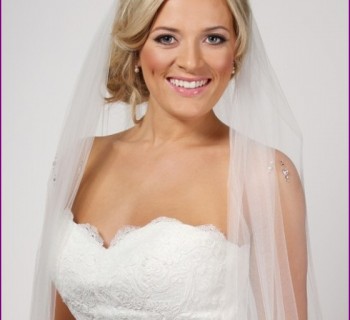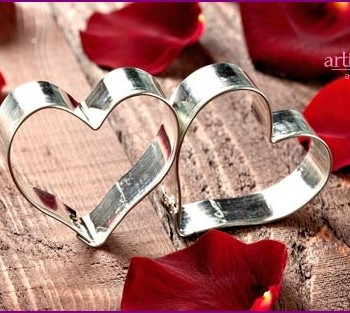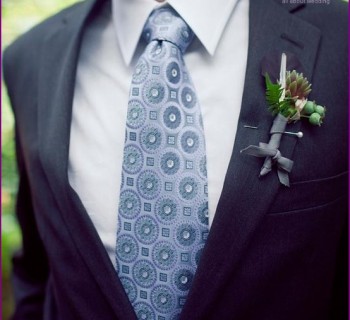It is generally accepted that the ancient people came up with a diadem. Initially, it was a kind of alternative to a traditional wreath of leaves and flowers: instead, wealthy people wore a simple smooth thin ribbon of precious metals. Gradually, this decoration became a sign of power, dignity and aristocratic origin. For example, it was these hoops worn by priests and court pharaohs in ancient Egypt. Later, they began to richly decorate the diadem with temporal rings and precious stones, and also changed its shape, turning the ancient forehead into what we now mean by the diadem. Of course, diadems made in different regions (in the East and Central Europe) and in different eras (Antiquity, Middle Ages, Renaissance, New time), significantly differed from each other.
In the XVII-XVIII centuries. the diadem was a heavy gold hoop or semi-hoop, richly decorated with precious stones. This decoration was worn on the forehead: the ladies of that time wanted to hide the edge of the wig. Gradually, the massive headbands became thinner and more elegant, and already in the 19th century women wore light hoops made of diamonds and opals in such a way that the connecting metal threads were almost invisible. It was during this period that the tiara began to be worn as is customary to this day: above the forehead, so that hair or even most of the hairstyle is visible.
One of the latest fashion trends among wedding accessories for the bride is the presence of a wedding diadem on the bride’s head. The most common variant of a wedding diadem is a crescent-curved ribbon (wide in the middle - possibly with a pointed edge and narrowed around the edges), decorated with precious or artificial stones. Almost always, the metal threads that connect the stones are almost invisible.
When making wedding tiaras, master jewelers often borrow images from bygone times. Thus, the Baroque era gave the world jewelry for hair with floral motifs (for example, in the form of wreaths of flowers, ears and leaves), complemented by bows and ribbons. "Rococo" provides for asymmetry, skillfully made of precious metals and stones of butterflies and graceful feathers. An empire-style wedding diadem is most often part of the impressive Parures jewelry set (diadem, tiara, hair-string garlands, earrings, necklaces, bracelets, pendants and comb, etc.) and is richly decorated with polished and carved precious stones, mosaics and inlays, including using coral. Such a diadem should be well matched to the wedding dress for the bride.
Another common female hair ornament is tiara. Initially, the tiara was a kind of crown of ancient Eastern kings, later it became a symbol of the rule of the pope. Of course, the kind of tiara that women wear as an evening accessory is different from the dad’s attribute.


